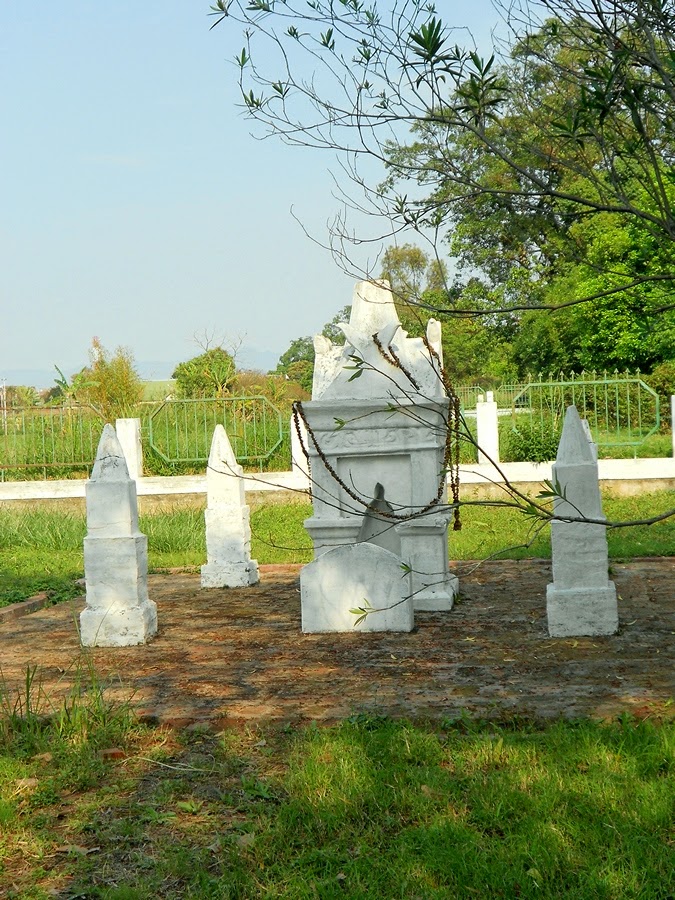Guwahati has an amazing variety of river fish based food on offer. The best in India, in my opinion. Surprised? Well, it's not Kolkata, inspite of the Bengali people being synonymous with Fish. Even more surprised? Well, in my opinion, Kolkata has too much of a mix of cuisines to handle ranging from Indian to Mughlai to Chinese, as a result of which the fish element has got completely lost in the maze. After my travels in Manipur, it was back to work in Guwahati. Before and after my work engagements, however, my mission was to seek out local places to eat. I found quite a number. Rice hotels. Cabins. And many more. Here is a glimpse of my amazing river fish journey in Guwahati.
A common menu is a base 'thali', to which you can add on other options. Don't miss the green chillies, not too spicy, just right.
'Borali' fish curry sounds like an attractive add-on.
'Katoli' fish fry is too tempting to miss, probably my first fish fry in a year. I usually stick to grilled and steamed fish. Breaking a habit once a year isn't too bad, is it?
A late night feast results in a pretty reasonable bill.
I was staying at Hotel Dynasty, rated as Guwahati's top hotel. Consequently, the indication was loud and clear. Eat anywhere but at the hotel, except for the unavoidable breakfast and boring conference food, that is. Sometimes instinct has a large role to play in locating unknown restaurants. Walking along one of the busiest streets you can imagine, made even busier by the impending Bihu (New Year) festival ahead, I happened upon a miniscule sign board that said: "Hotel Usha. Only Fooding".
It's worth an investigation, I thought, as I climbed up the narrow flight of stairs to look for Hotel Usha, Only Fooding. There it was, a very basic restaurant, run by a family.

Here too, I opted for the base thali and the add-ons. Yum. Yum.
The bill included a bottle of mineral water. I was keen on returning in the night for dinner, but the owner said they shut down at 5 PM since they cater to the offices and stores in the area. He pointed me to another restaurant that happened to be right opposite Hotel Dynasty.
On my way out, I found a little sign 'Hotel Usha' sign board that I had missed earlier.
Randhan Restaurant turned out to be relatively up-market compared to the other restaurants I had eaten in so far. They had air-conditioning, and actually had a menu which was quite well done. They stay open till 10 PM, so definitely worth a try after my conference. Here is the fish part of the menu. The full menu is very extensive.
The thali is an afternoon option. Evening food needs to be ordered ala carte. For me, the choice is simple. Rice and Dal form the base. Fish would be the add on. Maybe 'Ari' this time.
A typical up-market evening feast at Randhan Restaurant resulted in a not so up-market bill at the end of the culinary journey.
While the accolade of 'Sea food capital' of India may be accorded to Maharashtra and Goa, IMO, Guwahati should be awarded the title of 'River fish capital' of India. Perhaps the visuals above have tempted you. You will not be disappointed. Head for the nearest local restaurant.
Go for it!
-=-=-=-=
































































